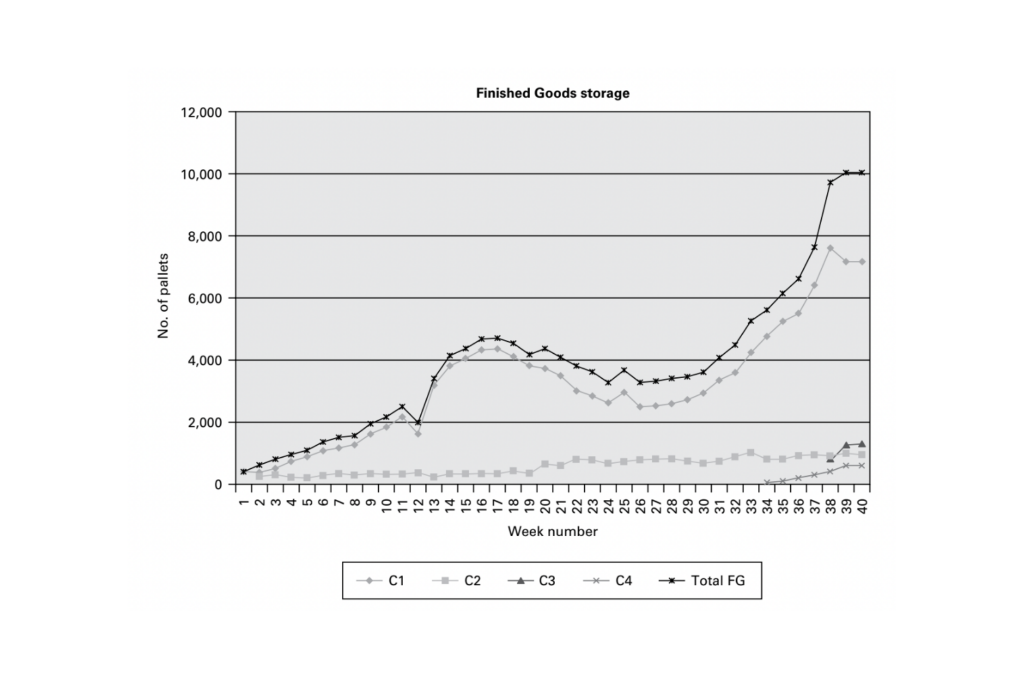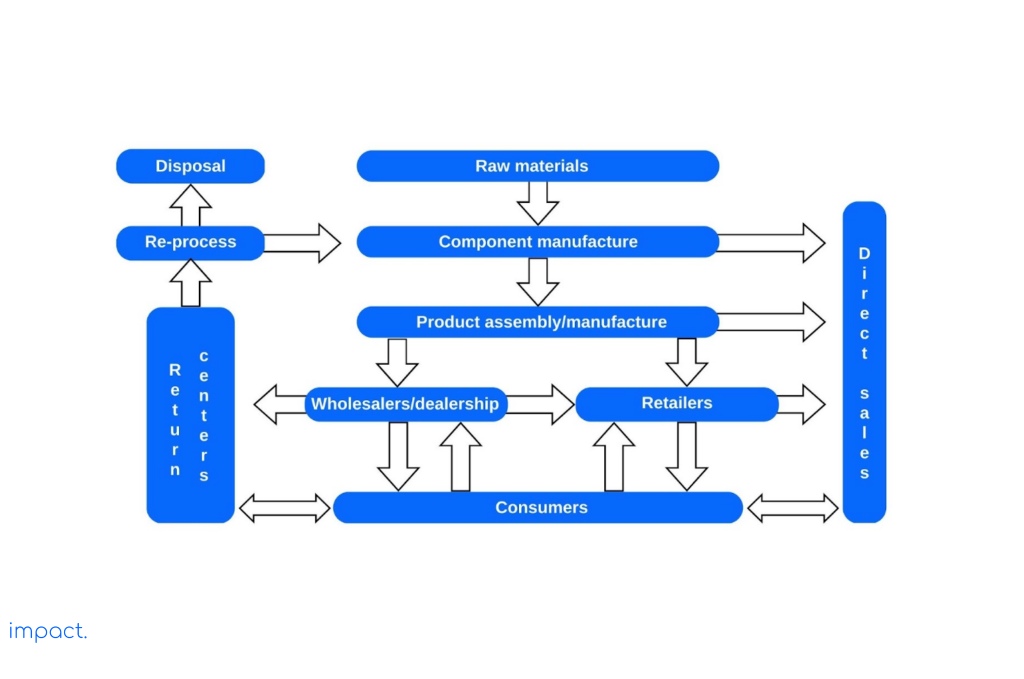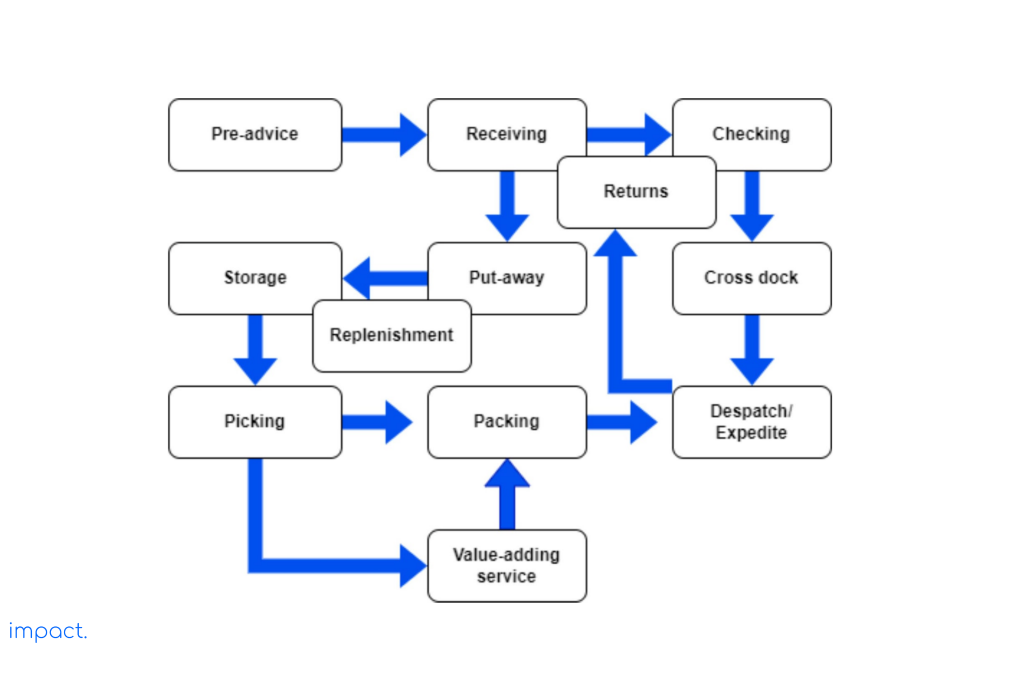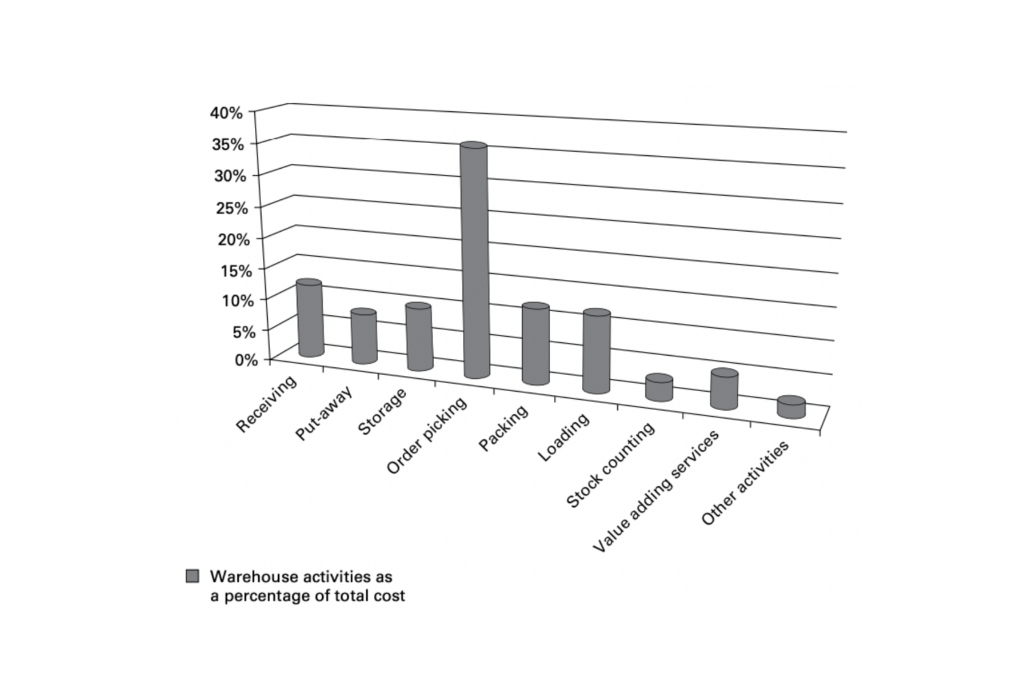12 Vital Retail Metrics & KPIs for Your Business Success
Our retail guide’s last chapter explored ways to boost your store’s success through innovative finance,…
Sean Thobias
November 19, 2024In the bustling business world, warehouses are crucial as storage and distribution centers for all kinds of products. Whether a small local shop or a big international company, warehouses are vital for keeping things organized and ensuring goods reach their destinations.
Understanding what warehouses are and why they matter is essential for businesses aiming to succeed in today’s fast-paced market. This article will explore the definition of warehouses, their various functions, and why they are so crucial in business.
By shedding light on this critical aspect of business, we hope to provide valuable insights into the world of warehousing and its impact on modern commerce.
A warehouse is a place where businesses store their goods. Manufacturers, importers, exporters, wholesalers, and customs use warehouses.
The warehouse plays a crucial role in the supply chain. The supply chain’s main job is to ensure the correct product gets to the right customer, at the right place and time, in the correct amount, condition, and price.
The warehouse has an essential role in the supply chain. Here’s how it contributes:
Historically, we use warehouses to store stock and act as a middleman between producers and consumers.
However, this setup has some issues. One problem is that it’s difficult to know how much stock is available throughout the supply chain, and the flow of information is slow. As a result, companies end up having more inventory than they need.
Warehouses also serve as storage for raw materials. In the past, when land and building prices were lower, it was customary for companies to store large amounts of raw materials and finished products.
Production processes are time-consuming. As a result, companies produce goods with the hope of consumer purchases and often keep more stock than necessary.
Because land, buildings, labor, and energy costs are high, companies are trying to reduce their stock and speed up production. To do this, they use different methods like Just-In-Time, Efficient Consumer Response, and Quick Response.
The way we manage the supply chain has changed. Instead of pushing products into the market, we let the market pull them in.
To make our warehouses more efficient and save money, we need to understand why we stock up in the first place. This understanding is crucial to avoid keeping unnecessary stock.
Read more: Warehouse Cost: 2 Determination Systems & Reduction Tips
Right now, businesspeople must keep stock in different supply chain processes because the community and market conditions are uncertain. Here are the reasons why we need to hold goods:
Suppliers of products like sun lotion and umbrellas will face fluctuating demand due to weather changes. Shifts in the weather directly influence the market, resulting in expected erratic patterns. Additionally, unexpected sales spikes can occur during new product launches or when a team wins a major competition like the World Cup.
The trade-off lies between the cost of holding additional units and the higher transportation costs for smaller batch shipments. Moving products in large quantities generally leads to lower unit costs. Lower transportation costs will require more storage space to be available.
Buyers are attracted to the possibility of lowering unit costs through bulk purchases. However, this approach can backfire if the company fails to sell all the extra products or has to sell them at a loss to clear the warehouse. In such cases, sellers must calculate each item’s lifetime cost before buying more.
Sellers store additional stock in the warehouse because the goods may need to travel long distances, depending on their manufacturing location. The options are to use costlier local suppliers and manufacturers or to spend more on transportation and safety stock.
Many companies and manufacturing businesses temporarily close their operations during holidays, machine maintenance, and stock counts. Retail stores and wholesalers must ensure they have enough stock to meet customer demands before shutting down. Similarly, manufacturing companies increase their inventory of components to ensure uninterrupted production when suppliers are closed.
Modifying production lines to accommodate changes in models, colors, design features, and other factors can be expensive. Balancing the lower costs per unit achieved through longer production runs with the additional storage costs per unit is necessary.
The picture below shows how chocolate manufacturers increased their stock during Easter. You can see that the number of pallets used for storage went up from 500 to 10,000 at its highest point. This image tells us that during certain times of the year, like Easter, the demand for chocolate increases, so they need more stock.

Source: Gwynne Richards; Warehouse Management; The role of the warehouse
Manufacturers must keep spare parts in stock to avoid disruptions in production. While this can be costly, it’s a necessary trade-off between the pieces’ expense, storage costs, and potential damage to the production line and its effects.
Companies are producing more items in preparation for orders. For example, a chocolate maker creates Easter eggs before accepting orders. They will finish the process once they know what type, packaging, style, and inserts are needed.
Read more: Work in Progress (WIP): its Definition and Functionalities
Some products, like fine wines, cigars, precious metals, stones, and fine arts, can become more valuable the longer they are stored.
Both public organizations and private companies must retain documents for a certain period. They must keep these documents as they serve as legal requirements, including invoices, financial records, letters, and more. Additionally, patient forms from emergency services also fall under this category.
Third-sector companies need to store necessary equipment in case of natural disasters. They should keep items like tents and survival kits stored and easily accessible.

Every warehouse in the supply chain process has a specific job. The diagram below illustrates that raw material producers, manufacturers, retailers, and logistics companies operate warehouses. Here are the different types of warehouses based on what they do:
This warehouse type stores raw materials and components near the manufacturing point.
This warehouse keeps products at different production stages and makes them personalized before sending them to customers. The suspension and sub-assembly tasks include:
This warehouse holds products for manufacturers, wholesalers, and retailers. It serves as a backup storage to help these companies when they need to increase their stock. These situations include product launches, high-demand periods, and seasonal spikes.
The pooling center gets products from different places. It puts them together to send them to customers or the production process. It can also work as a retail warehouse where products from other suppliers are stored and combined for the next shipment. Unlike a cross-dock center, where products can wait for instructions, this warehouse moves things along quickly.
The transshipment center gets products in large amounts from suppliers. Then it splits them into smaller quantities for delivery to different places.
Having operational activities that can swiftly move goods is essential to ensure a quick and efficient consumer response in retail. One such activity is cross-docking, which involves labeling and preparing products for the immediate shipment before sending them to the center. During this process, products are identified and grouped with other shipments.
Cross-docking is especially useful for perishable items that must be transported quickly, such as fruits, vegetables, meat, and fish. The aim is to deliver these products on the same day, which is why cross-dock centers are considered the future of warehousing.
Sorting centers primarily serve companies that distribute mail, parcels, and pallets. They gather items from different parts of the country and send them to sorting centers, where they organize them based on zip or postal codes. Then, the items are assembled and shipped overnight to distribution areas for onward shipment.
Retail is also adopting automated sorting centers. Pallets are stacked using a mini-load system for temporary storage and retrieval when they arrive. This process continues until the final stage of automated manufacturing before leaving the facility.
The rise in online shopping has led to the construction of more customer fulfillment centers. The design of these centers makes it possible to handle large orders of single items.
Instead of picking groceries from the store, people now get home delivery orders from retail grocery fulfillment centers. These centers also handle returns because online shopping has a higher return rate than regular in-store shopping.
Nowadays, companies understand that returning products or getting rid of them can affect their money flow. That’s why they have created special warehouses just for handling returned goods.
Retailers hire third-party contractors to help customers return items they don’t want or have defects. These contractors collect the items and send them to a return center for inspection and actions like repackaging, repairing, recycling, or disposing.
Warehouses support commercial operations and the public sector, including the armed forces and the third sector. With the increase in natural disasters, third-sector organizations are setting up warehouses in strategic locations across the globe. It allows them to be closer to disaster areas and respond more quickly when help is needed.
Warehouses have various types based on size, style, function, ownership, and location. Despite these differences, the underlying process remains consistent.
The process involves pre-receipt, receiving, put-away, storage, picking, replenishment, value-adding services, and despatch (delivery). Refer to the image below for a visual representation of the warehouse process.

When companies do things correctly and run smoothly, they can improve accuracy and efficiency in their warehouse operations. They can also make complex tasks more manageable by using new available technologies.
The image below shows that picking orders usually cost the most in warehouses. However, the specific costs can vary depending on the type of warehouse.

Source: Gwynne Richards; Warehouse Management; Warehouse processes: receiving and put-away
Read more: 6 Warehouse Performance Metrics & Tips for Choosing Them
The warehouse plays a crucial role in the supply chain by ensuring the right product reaches the right customer in the right place, time, condition, and price. It is no longer just a storage space but a vital link in the supply chain.
To cope with rising costs, warehouses must enhance their efficiency. It involves closely monitoring the supply chain, improving forecasting capabilities, and optimizing the accuracy and flow of information.
Warehouse managers actively contribute to the smooth operation of activities. In the next chapter, we will delve deeper into the responsibilities of warehouse managers.
In the upcoming chapter, we will delve deeper into the role of the warehouse manager.
Richard G. 2011. Warehouse Management. Great Britain: Kogan Page Limited.
Impact Insight Team
Impact Insights Team is a group of professionals comprising individuals with expertise and experience in various aspects of business. Together, we are committed to providing in-depth insights and valuable understanding on a variety of business-related topics & industry trends to help companies achieve their goals.
75% of digital transformation projects fail. Take the right first step by choosing a reliable long-term partner.
